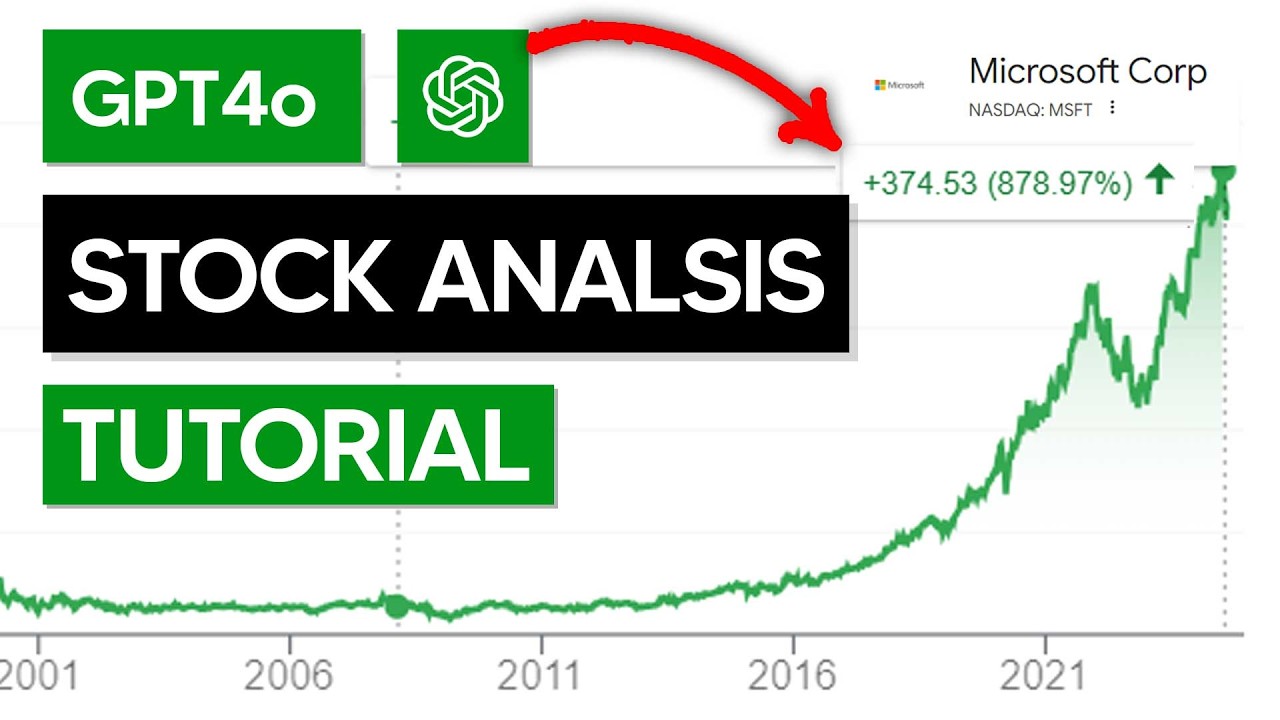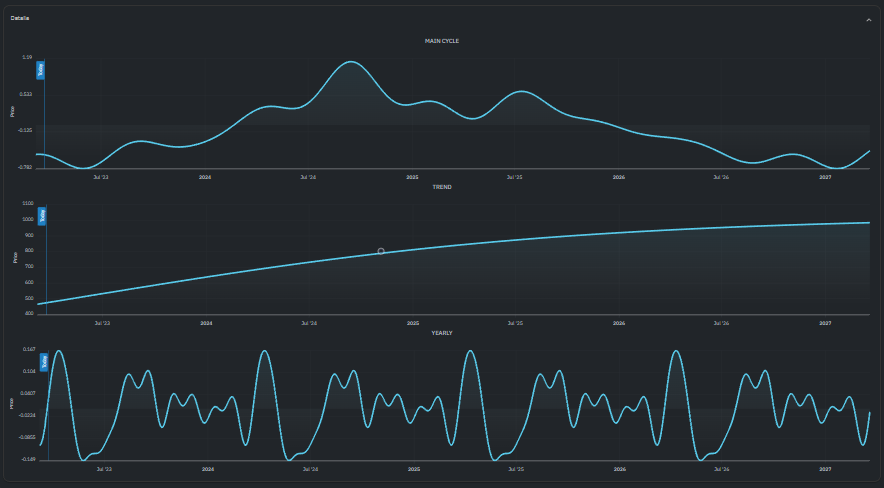20 New Tips For Deciding On Ai Trade Sites
20 New Tips For Deciding On Ai Trade Sites
Blog Article
Top 10 Tips To Assess The Integration And Compatibility Of Ai Analysis Of Stocks And Predicting Trading Platforms
When evaluating AI trading platforms compatibility and integration are important factors. A platform that seamlessly integrates with the processes, tools and systems of your company will increase productivity and efficiency. Here are our top 10 tips on how you can assess the compatibility and integration of these platforms.
1. Check Brokerage Integration
Supported Brokers: Check that the platform you choose to use is compatible with your preferred brokerage account or trading platform.
Trade execution: Determine whether the platform supports direct trade execution through the broker integrated.
Account synchronization: Find out whether the platform is able to sync accounts' balances, positions and the history of transactions in real-time.
2. Check the availability of APIs
API access: Make sure the platform has an API (Application Programming Interface), which allows developers to develop customized tools and automate workflows.
API documentation: See if the API is well-documented and includes clear examples and usage cases.
Rate Limits: Verify the API's rates limits to make sure they're reasonable and will handle your expected usage.
3. Assessment of Third-Party Tools Integration
Popular tools: Make sure that the platform can be integrated with tools like Excel or Google Sheets.
Data export/import. Make sure the platform is able to export/import easily from/to other tools.
Extensions/Plugins: Verify the platform's support for extensions and plugins to provide additional functionality.
4. Test Compatibility Using Operating Systems
Desktop compatibility: Make sure the device is compatible with the OS of choice (Windows, macOS or Linux).
Mobile compatibility Check if the platform has an application for iOS or Android.
Web-based Access: Determine if you can connect to the platform via an internet browser to improve flexibility.
5. Assess the Data Integration Capabilities
Data sources: Make sure that the platform integrates with multiple data sources (e.g. market data providers, news feeds social media sentiment).
Real-time Data Feeds Look to see if your platform offers real-time analysis.
Import historical data: Determine whether the platform supports the import of historical data to backtest or analyze.
6. Check compatibility with cloud and on-premise
Cloud-based platform is accessible any time, anywhere, as long as you have an Internet connection.
Solutions on-premise: If prefer on-premise deployment, verify whether the platform is compatible with it.
Take a look at the hybrid model. It combines on-premise and cloud capabilities.
7. Make sure to check for Cross Platform Synchronization
Device synchronization: Make sure the platform is synchronized with settings and data across all devices (desktop, tablet, mobile).
Check for real-time updates to determine if any changes made by one device will be reflected immediately to the other.
Find out whether it permits access to data or functions when you're offline.
8. Verify the Compatibility of Trading Strategies
Strategies for trading that are automated or algorithmic ought to be backed by the platform.
Custom indicators. Verify if the platform allows you to utilize scripts or technical indicators.
Strategy backtesting: Determine if the platform supports backtesting of trading strategies using historical data.
9. Examine Security and Compliance
Data encryption: Ensure the platform uses encryption both for data in transit as well as at rest.
Validation: Determine whether the platform supports authenticated methods that are secure (e.g., two-factor authentication).
Regulatory Compliance: Check if your platform complies with relevant regulations.
10. Test Scalability and Performance
Scalability - Ensure that the platform you choose can meet your ever-growing needs in terms of users and data.
Performance under load: Check whether the platform performs as expected under high-volatility conditions.
Resources used - Ensure that the platform efficiently uses the resources of the system, such as CPU, memory or bandwidth.
Bonus Tips
User feedback: Use reviews from customers to assess the capabilities of integration on platforms.
Free trial period: You are able to use a demo or free trial to check the compatibility of the platform with your existing workflows and applications.
Customer Support: Ensure that the platform provides robust support for integration problems.
These tips will help you evaluate the ability to integrate seamlessly and with ease AI trading platforms that predict/analyze stock prices. They can also improve the performance of your trading. Follow the most popular ai hedge fund outperforms market info for site tips including ai investment app, chart ai trading, ai stock market, ai for stock trading, ai investment app, ai trader, ai trade, ai stock trading bot free, best ai stock, ai trading tools and more.
Top 10 Tips For Assessing The Regulatory Conformity Of Ai Stock For Predicting Or Analyzing Platforms
When evaluating AI trading platforms, compliance with regulatory requirements is crucial. Compliance is important since it ensures that the platform adheres to regulations and legal frameworks. Also, it protects user's data. Here are the top 10 suggestions for evaluating the level of compliance these platforms have.
1. Verify Registration and Licensing
Regulators: Check that the platform is certified and registered with appropriate financial regulatory bodies (e.g. SEC in U.S.A., FCA UK, ASIC Australia).
Verify partnerships with brokers. If the platform is integrated with brokers, ensure that they are licensed and regulated.
Public records: Visit the official website of the regulator for the status of registration and any previous violations.
2. Measure Data Privacy Compliance
GDPR If a platform is operating within the EU or offering services to users there the platform must comply with the General Data Protection Regulation.
CCPA – For Californian users Check compliance with California Consumer Privacy Act.
Policies for handling data. Check the privacy policies and ensure that it clarifies the manner in which user data is used to collect, share, and kept.
3. Examine Anti-Money Laundering (AML) Measures
AML policies: Ensure that the platform has robust AML policies in place to detect and prevent cash laundering.
KYC procedures. See if your platform follows Know Your Customer processes for confirming user identity.
Monitor transactions: Check whether the platform can monitor transactions and reporting suspicious activities to the relevant authorities.
4. Verify that you're in compliance Trading Regulations
Market manipulation: Make sure that the platform contains measures to stop market manipulations such as washing trading, spoofing.
Order types. Verify that the platform complies with all rules regarding order type (e.g. there isn't any illegal stop loss hunting).
Best execution: Make sure to determine if the platform is adhering to the best execution method, which ensures that trades will be executed at the cheapest price.
5. Cybersecurity Assessment
Data encryption: Make sure the platform uses encryption to protect user data in transit and at rest.
Incident response. Verify that there is an incident response plan on the platform for cyberattacks and data breaches.
Certifications: Check if the platform is certified to be secure (e.g. ISO 27001, SOC 2)
6. Transparency as well as Disclosure and Evaluation
Disclosure of fees: Ensure that the platform is transparent about all fees including hidden or extra fees.
Risk disclosure: Make sure that the platform has explicit information about risk. Particularly for high-risk and leveraged trading strategies.
Performance reporting: Determine whether the platform is transparent and accurate performance reports for its AI models.
7. Verify that you are in compliance with International Regulations
Cross-border trading. If you plan to do international trading, ensure that your platform adheres to the regulations in force.
Tax reporting: Verify whether there are tax reporting reports or tools to assist you in complying with tax laws.
Conformity with sanctions: Ensure that the platform follows sanctions and is not allowing transactions or trading with banned countries or entities.
8. Examine Record-Keeping and Audit Trails,
Transaction records: To meet regulatory and auditing purposes, ensure that the platform maintains detailed logs of all transactions.
User activity logs: Check if your platform keeps track of all activities by users, such as transactions, logins, and the changes to account settings.
Audit readiness: Ensure that the platform is able to provide all documentation and logs if an audit by a regulatory agency occurs.
9. Evaluation of Compliance AI Specific Regulations
Algorithmic trade rules If the platform for trading supports algorithms, check that it is in compliance with the rules of MiFID II for Europe or Reg. SCI for the U.S.
Fairness and impartiality: Verify whether the platform's AI models are monitored and tempered to ensure that they are not biased.
Explainability: As required by certain regulations, the platform must provide clear explanations of AI-driven decisions and forecasts.
Examine the User Feedback and Regulatory Histories
User reviews: Conduct research to evaluate the platform's reputation for legal conformity.
Review the regulatory history to see whether there have been any violations to the rules of regulation that were committed, as well as penalties and fines.
Third-party Audits: Ensure that the platform undergoes third-party reviews to ensure it is in compliance with all applicable regulations.
Bonus Tips
Legal consultation: Talk to an expert on the subject to determine whether your website is in compliance with regulations.
Trial period: Try a free trial or demo to assess the platform's compliance features and documentation.
Support for customers: Make sure that the platform offers support to customers with concerns or questions regarding compliance.
These guidelines will allow you to evaluate the legality of AI trading platforms that forecast or analyze stock prices. In this way you can select a platform that operates within legal frameworks, and protects you. Compliance does not just help minimize legal risks, it can also increase trust with the platform. Take a look at the recommended the full details on best stock advisor for more info including ai trading software, best ai trading software, copyright advisor, chatgpt copyright, best ai for trading, chart analysis ai, investing ai, ai hedge fund outperforms market, ai trading app, chatgpt copyright and more.